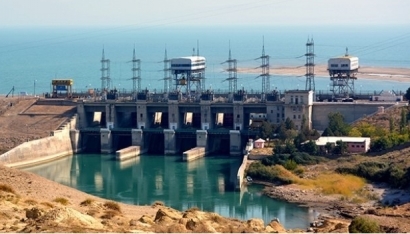
In addition to the EBRD, financing is being provided by the European Investment Bank (EIB), the Green Climate Fund (GCF), the Climate Investment Funds’ Pilot Programme for Climate Resilience, Austria and the United Kingdom. The government of Austria is also funding technical cooperation support.
The financing will fund the rehabilitation and modernization of QHPP, a 60-year-old hydropower plant that provides electricity to 500,000 people. Measures will include concrete dam works and the installation of hydraulic steel components, turbines and electromechanical equipment for the six hydropower units.
The full rehabilitation will increase the plant’s installed capacity from 126 MW to 174 MW. The upgrade will introduce innovative climate resilience measures, enabling the plant to cope with the expected impact of climate change on the country’s hydrological systems.
It will also build the capacity of the Tajik hydropower operator to anticipate, assess and manage climate-related risks by introducing best international practices from countries such as Canada.
Tajikistan is one of the countries most vulnerable to climate change. Its glacial hydrology and, by extension, its hydropower sector, are highly sensitive to the impacts of climate change and the project offers a model of how carefully designed investments can make hydropower more resilient. This model can be replicated across the country and the region.

